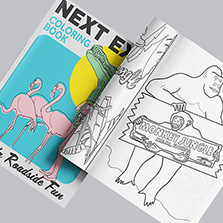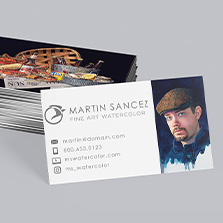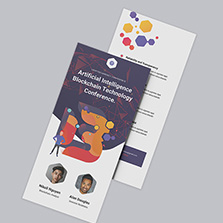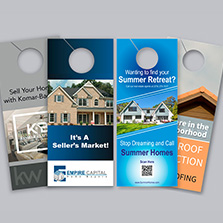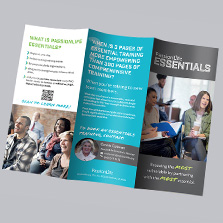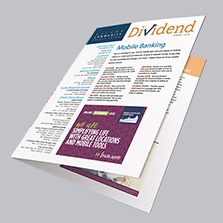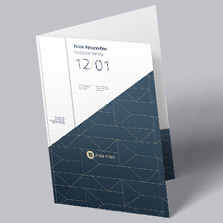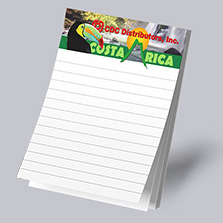How To Make a Lookbook
 Your brand is unique and so is the audience you are targeting. For fashion and apparel, interior design, beauty, and other similar industries, a lookbook should be created as a high-end representation of what your business is offering. Lookbooks are a great visualization tool for showing off your brand, building a crowd of loyal ambassadors, and generating excitement for your upcoming spring or fall product line.
Your brand is unique and so is the audience you are targeting. For fashion and apparel, interior design, beauty, and other similar industries, a lookbook should be created as a high-end representation of what your business is offering. Lookbooks are a great visualization tool for showing off your brand, building a crowd of loyal ambassadors, and generating excitement for your upcoming spring or fall product line.
Get an Instant Lookbook Price: Learn More
Request a Free Sample Packet: Learn More
What is a Lookbook?
Firstly, it’s important we define what a lookbook actually is. According to Wikipedia:
A lookbook is a collection of photographs compiled to show off a model, photographer, style, stylist, or clothing line. Usually, bloggers or vloggers will “model” fashionable looks for that month or season. This gives viewers ideas on how to style outfits, or to show what the latest fashions are.
While this definition mainly focuses on the fashion and apparel industry, it can be applied to all other industries creating seasonal product lines. No matter the industry, lookbooks generally have a consistent “look” to them. Unlike a catalog that displays pricing and generally contains a more complete display of all available products, lookbooks are more artistic and selective. They contain large, high-quality photographs with minimal text that reinforce the brand and vibe of the product line. Refer to the chart below for the main differences between lookbook and catalog printing.
| Lookbook | Catalog |
| Large, Full Page Images | Mix of Large and small images |
| Minimal, small text | Contains product descriptions |
| Does not usually show pricing | Shows Pricing |
| More Artistic Imagery | More Plain/Technical Imagery |
3 Easy Tips to Get the Lookbook “Look”: Learn More
How to Create Your Lookbook
Photography and Modeling
Professional photography is a must for lookbooks. Each product photo should be modeled in a way that shows its functionality or appeal to the potential customer. For example, an apparel lookbook should be able to reveal the fit, texture, and benefits of the piece of clothing easily in one image. To make the desired impact, the lighting and photography equipment used by professional photographers will be necessary. Cell phone photos will likely not cut it for a lookbook.
You should also note the word “model” in the Wikipedia definition above as lookbooks should go beyond standard boring product imagery and really expel excitement in the product. This is where photography will play a crucial role in producing a quality lookbook. Think large photos with empowering subjects. Think of your lookbook as someone’s actual daily life and create those lifestyle shots that make a connection. For this reason, it’s important to find a model that mirrors the same qualities of the collection.
 Architecture & Design Lookbook Architecture & Design Lookbook |
 Beauty Lookbook Beauty Lookbook |

Home Decor Lookbook |
The photographer should acknowledge the season of the fashion lookbook as well. As lookbooks go, they are usually focused on either winter, spring, summer or fall collections. Engaging with the seasonality of the clothing will make it easier for the end-user to relate to the product, which leads to more sales. If you’re a small brand or limited on budget, spending dollars for a talented photographer will be worth it!
Branding
It’s important that your brand is well represented in the lookbook as well. Your logo should be seen in several of the images on the clothing or product. It should be subtle and not overwhelming when using the logo within the pages. However, at the beginning or end of the lookbook it is recommended that the brand be prominent. Adding your logo or mission statement in the front of the book can help set the stage as the user flips through the pages. Your brand should be positively reinforced through the professionalism of the photographs, layout design, and products themselves.
Layout Design
Most lookbooks are a standard 8.5×11 which makes it easy to portray standing or active models. The photos should take up most of the page with the text out of the way. Don’t be afraid to keep it SIMPLE. The product you are selling is the most important element on the page and should attract the whole attention of the reader. Placing a model photo on the left side page complemented by close-ups of the clothing is a great way to display the collection.
9 Easy Steps for Designing the Perfect Layout: Learn More
With our free photo book maker, designing your lookbook is extremely easy! Once you have your images, all you have to do is upload them and drag and drop them into premade photo layout templates! Or, to knock out two birds with one stone, you can:
1. Upload your lookbook images into a Facebook photo album for some easy social media advertising.
2. Start a Lookbook design on the Photo Book Maker, select a theme, connect to your Facebook, and select the lookbook photos! These will be placed into the theme’s layout, and your Lookbook will be done in minutes!
The photo book maker is a great option for Lookbook Design since lookbooks are mainly made up of large photos and minimal text. Click here to give it a try!
Product Specifications
Once your lookbook is designed and it’s time to order, there are more things to consider before placing your order. Below we have listed our recommended product specifications for lookbooks:
Binding: Perfect Bound
Perfect binding is the ideal option for lookbooks because they are our most professional binding option. Not only do they appear crisp and professional, you can print on the spine! This means that you can add the product line name, season, and year to the spine for easy book shelf navigation. We also offer saddle stitch, spiral, and wire-o bound books if perfect binding doesn’t seem like the right fit for you.
Size: 8.5 x 11
8.5 x 11 is the most common lookbook size, because it accommodates large, vertical images very well. This creates an engaging flip-through experience for the viewer. Refer to image below for our available standard sizes.
Ink: Full Color
For both inside ink and cover ink, we recommend full color (4/4). This way any color nuance in your product will be properly showcased.
Paper: 100# Cover and 100# Text
Since lookbooks are a higher-quality product built to make impressions, we recommend our thickest paper options. Depending on the colors you’re using in the lookbook you might want to consider different paper finishes. Matte paper seems to work really well with muted and gray colors while a gloss paper will make spring colors pop.



